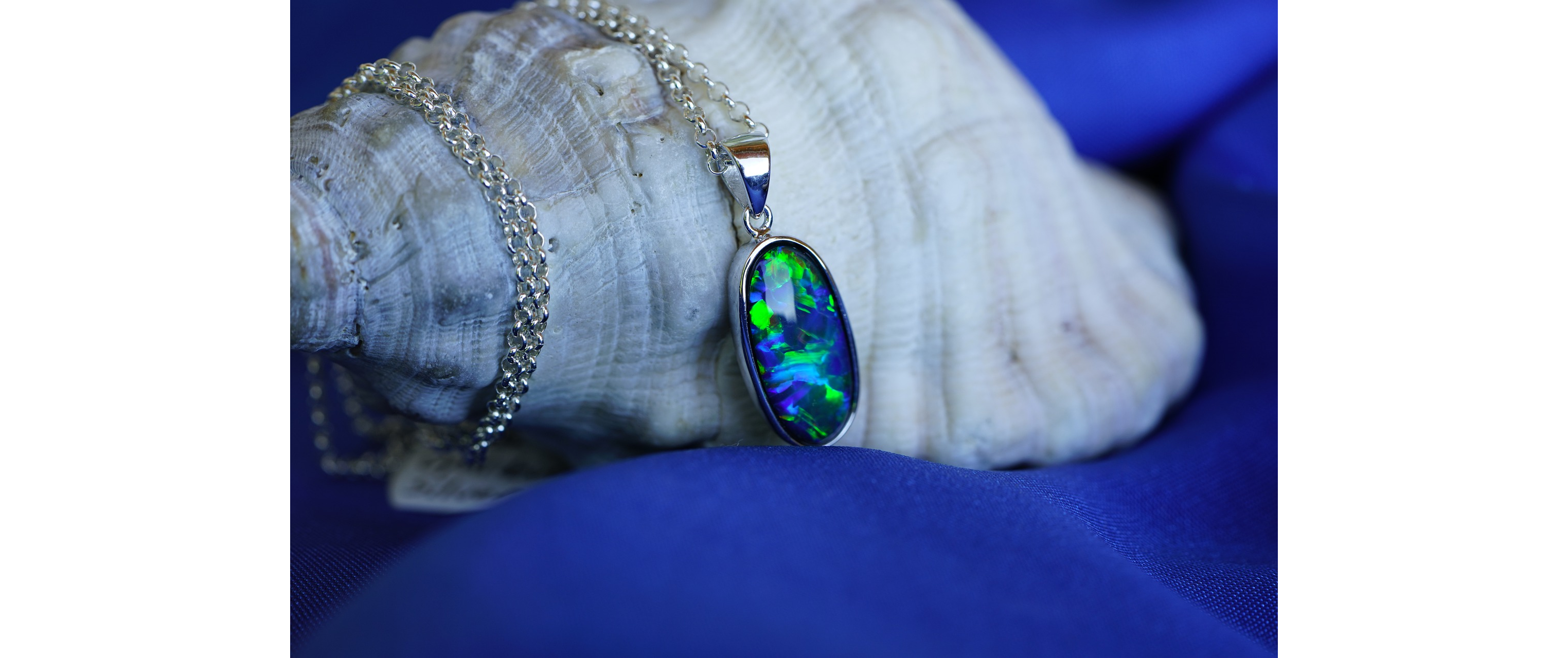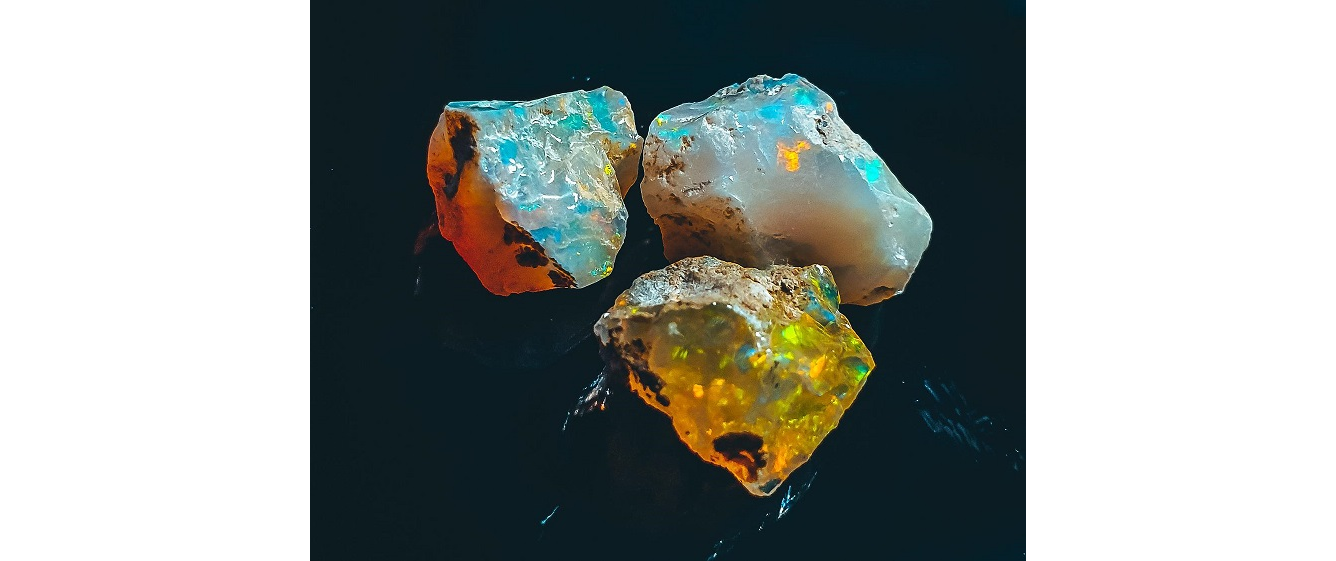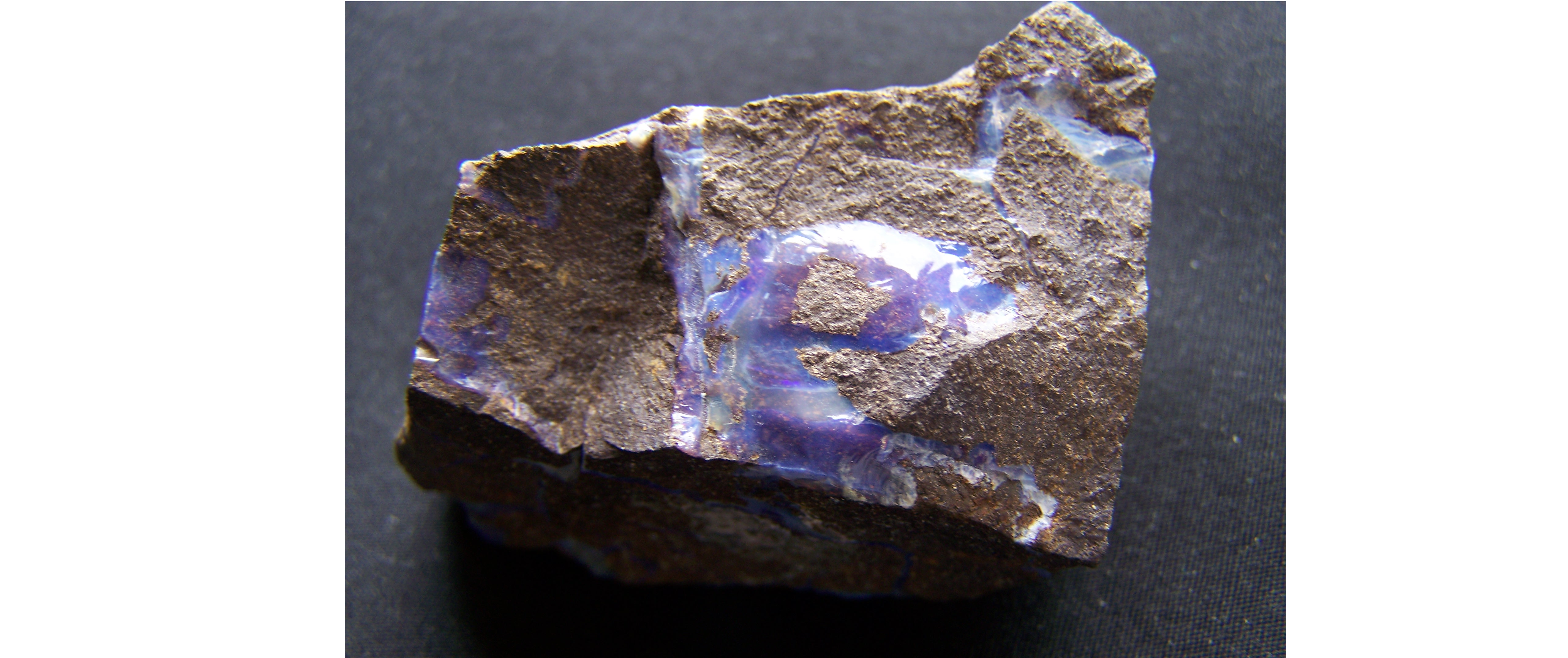OCTOBER BIRTHSTONES




OPAL
Opal comes from the Sanskrit word “upala” meaning “jewel”. The later Greek word for opal, “opallios” means “to see a change in color”.
Opal is a form of silica and is a mineraloid with two broad classes, precious and common. Precious opal gets its play-of-color (iridescence) from its internal structure and results in flashes of colors that can be blue, green, purple, yellow, red, orange and the background color may be white, gray, black, or nearly any color of the spectrum. Common opal does not have iridescence. Opals can be transparent, translucent, or opaque. Black opal is considered the rarest of the colors of opal, whereas the white, gray, and green opals are most common. Today, the most sought-after color of Opal is the black opal. Opal doublets and triplets enhance the appearance and perceived value of a thin or lighter piece of opal by amplifying its play-of-color. Both the doublet and triplet are made by bonding a thin layer of precious opal to a dark backing material, which is usually black potch or ironstone. The triplet has an additional protective layer of clear quartz or glass bonded on top of the precious opal layer. The Moh’s hardness of Opal is 5 to 6.5.
Opal can be found in Australia, Brazil, Ethiopia, Mexico, Honduras, and the United States of America (California, Oregon, Washington, Nevada, Arizona, Idaho, Utah, Arkansas, Louisiana).
Opal was considered the October birthstone from the 15th century until 1912 when the National Association of Jewelers released a modern birthstone list which featured exclusively transparent gems and named Tourmaline (pink) as the October birthstone. Opal is the stone for the 14th Wedding Anniversary. It is associated with the zodiac signs of Libra, Scorpio, and Pisces.
Arabic legends claim that opals fall from the heavens in flashes of lightning. Greek mythology claim they originated from Zeus’ joyful tears after winning against the Titans. Australian aborigines believed that when the Creator came to Earth on a rainbow he left opals wherever his feet touched the ground. The Aztecs named fire opal after their feathered-serpent deity, Quetzalcoatl.
In Ancient Rome, opals symbolized love, hope, and purity. It was said to bring good luck and good fortune. The Ancient Greeks believed opals gave their owners the gift of prophecy and guarded against disease. Europeans considered the opal as a symbol of purity, truth, and hope. The Aztecs believed that fire opals fostered creativity and beginnings and could bring about necessary destruction.
During the Middle Ages opals were believed to bring luck, banish evil, and possess the power of each gemstone whose color appeared in its flash. Opal was believed to reveal the true nature and character of the individual wearing it by reflecting their changing moods and emotions. Opal has also been historically associated with happiness, innocence, joy, inspiration, and being carefree and emotionally expressive. Opal was believed to reveal the true nature and character of the individual wearing it by reflecting their changing moods and emotions.
Historically Opal was believed to treat eye issues, digestive issues, skin issues, emotional trauma, fever, infections, headaches, and insomnia.
The first accounts of opals being “bad luck” came from the 1800s through two works of fiction, Sir Walter Scott’s 1829 fiction novel, “Anne of Geierstein,” where they were first introduced as “bad luck charms”, and again in Charles Dickens’ 1874 fiction novel, “The Opal Ring” where he reiterated that opals were “bad luck charms”. From these two fictional sources the rumor took on a life of its own and became a fact. The common misconception that opals are “bad luck” is still prominent in the collective mindset.
Care:
Avoid extreme temperatures and/or sudden temperature changes. Do not expose an opal to chemicals or acids. Clean with mild soap and water and a soft brush or cloth. Store in a soft pouch, or box, away from other jewelry that can scratch or damage the stone.
TOURMALINE
The origin of the word Tourmaline is uncertain. It is believed to come from the Sinhalese word “turamali” which means “mixed colored stones”.
Tourmaline is a group of mineral species. It gets its color from a variety of minerals depending upon the color of the tourmaline. Green tourmaline gets its color from chromium. Tourmaline has a color range which includes colorless, green, blue, purple, pink, red, orange, yellow, green, brown, black, bi- or multi-colored, and color-change. Rubellite is the trade name for tourmaline that is red in both daylight and incandescent light, however, some will call any strong colored pink to red tourmaline this. Indicolite is the trade name for shades of blue tourmaline. Paraiba tourmaline is the rarest and most expensive tourmaline. Black tourmaline goes by the mineralogical name Schorl. Today, the most sought-after color of Tourmaline is pink, specifically a vivid magenta color. Tourmaline treatments are heat, irradiation, and sometimes fracture filling. Irradiation is common in tourmaline in shades of red, pink, and purple. The Moh’s hardness of Tourmaline is 7 to 7.5.
Tourmaline can be found in Brazil, Afghanistan, Pakistan, East Africa, Nigeria, Madagascar, Mozambique, Sri Lanka, the Soviet Union, and in the United States of America (California, Maine, New Hampshire).
In 1912 the National Association of Jeweler’s made Tourmaline the birthstone for October. Most often it is Pink Tourmaline that is used for the October birthstone. It is the stone for the 8th Wedding Anniversary. Tourmaline is associated with the zodiac signs of Libra and Scorpio.
When tourmaline is heated or pressed at one end it becomes electrically charged and can attract or repel light-weight, non-metallic materials such as ash, dust, or small bits of paper.
Tourmaline, in general, has historically been associated with protection, love, connection, compassion, and healing.
Pink Tourmaline has been associated with love, compassion, kindness, happiness, joy, relaxation, emotional healing, and passion.
Care:
Avoid exposure to extreme temperatures and sudden temperature changes to prevent fracturing. Avoid harsh chemicals or abrasive materials. Ultrasonic is risky. Clean gently with mild soap and water using a soft brush or cloth. Store it in a soft pouch, or box, away from other jewelry that can scratch or damage the tourmaline. Do not sore in direct sunlight or extreme temperatures.
